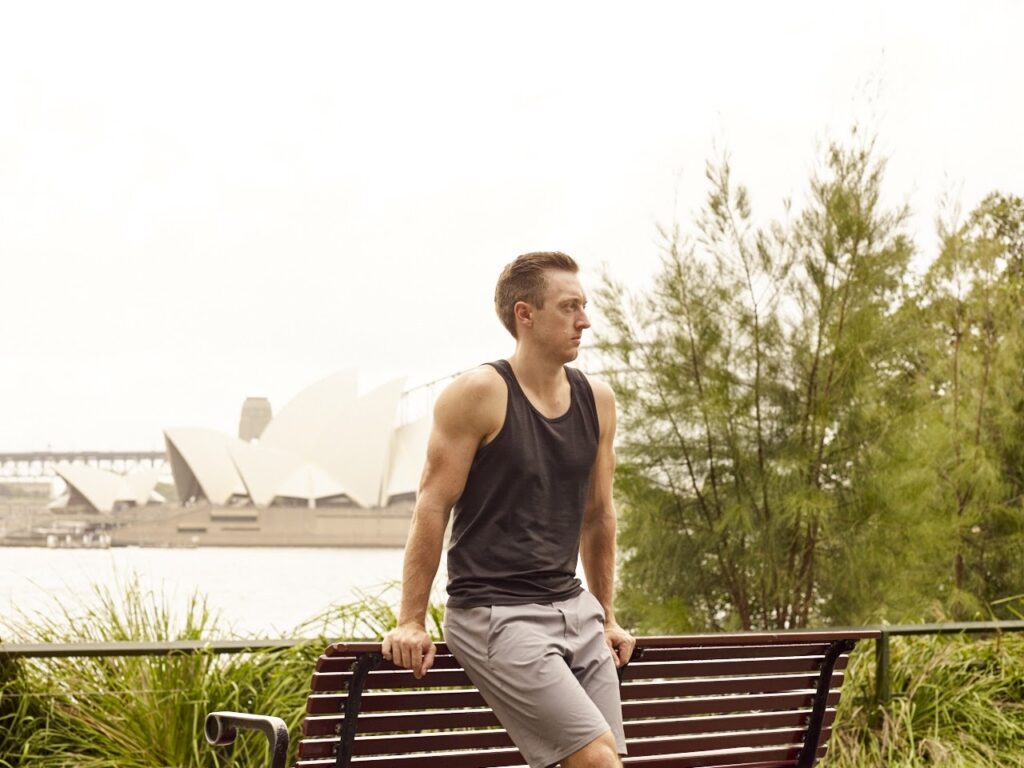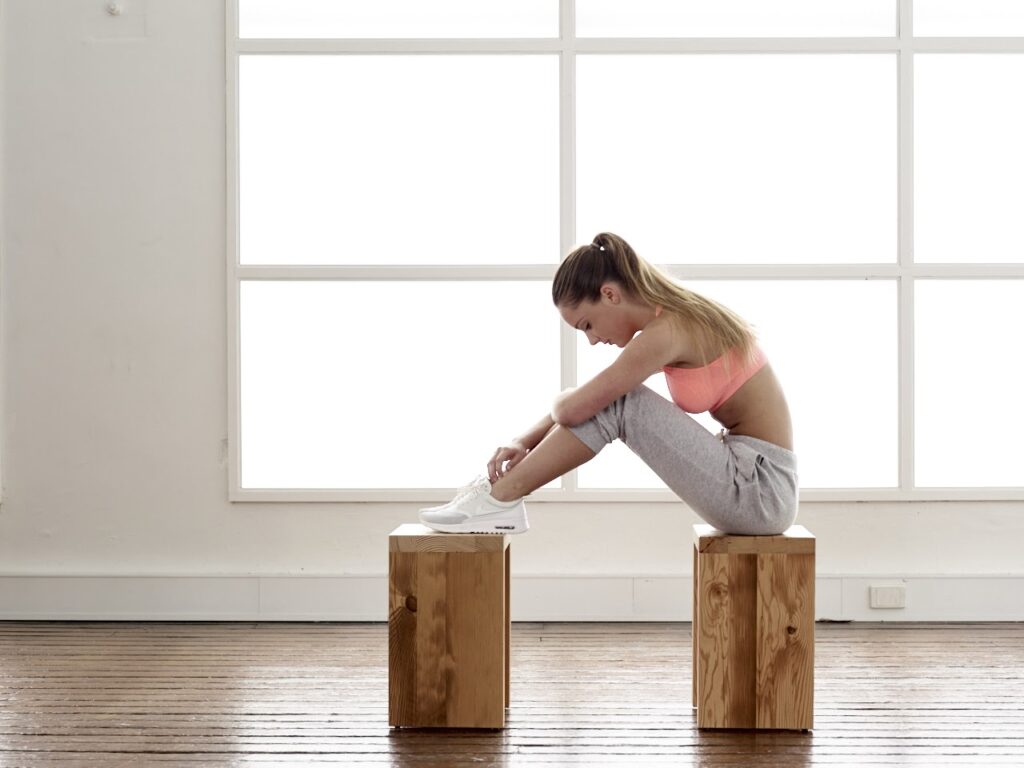What is Hunchback Posture?
A hunchback posture is a ‘scary movie’ way of describing what is also known as a Kyphosis. Hunchback posture cannot be fixed by any form of posture device or “hunchback brace” as they are sometimes marketed. In that scary movie I mentioned, think of the old woman with a ‘dowager’s hump’ who looks straight down towards the floor all day, every day. That’s a Kyphosis, albeit, an extreme one.
A Kyphosis is a pronounced forward curvature, arching, or flexion of the spine where there should be a gentle extension of the spine. Our spine is not meant to be straight but a series of natural curves so a Kyphosis, or hunchback posture, is abnormal changes to the shape of our spine. In particular, the thoracic spine (upper back). A Kyphosis can also include Scoliosis, which is a lateral curvature of the spine and that really is ‘scary movie’ stuff. However, let’s just stick to hunchback posture being a Kyphosis, a protruding or excessive roundedness that is obvious especially when viewed from the side.
When we talk of hunchback posture or Kyphosis, we are nearly always referring to and thinking of the upper back – but even the lower back or lumbar spine can Kyphose. That means the entire spine from the base of the spine to the base of the neck moves towards a ‘C’ shape instead of a gentle ‘S’ shape. When that is the case the thoracic spine will still be the most obvious rounded or protruded part of the spine due to the impact of the weight of the head. In short, a ‘hunchback posture’ or Kyphosis is spinal misalignment ie abnormal changes to a natural or correctly stacked spine. I created The Invisible Exercise to address common postural problems and train people to use all their 639 muscles in their amazing body, and feel the difference of a beautifully aligned and toned body.
How do people get a Hunchback Posture?

Conditions such as Spina Bifida, Polio, Paget Disease, Muscular Dystrophy, connective tissue disorders, infections in the spine may result in Kyphosis. Degenerative conditions such as osteoporosis and arthritis can contribute to Kyphosis. However, the most common cause of hunchback is muscle imbalance that pulls the spine forward and away from the naturally stacked ‘S’ shape. This is the same as saying poor posture. In this case, the term that is used is ‘postural kyphosis’ and this accounts for the vast majority of Kyphosis. Therefore Kyphosis is not only the domain of the old lady in the scary movie. It is a very real, very common, current day, any age, and any fitness level problem.
Either way, it is something we can improve if we understand that the muscles that are failing are not big muscles, but deep layers of postural muscles, think spinal and breathing muscles. Hundreds of them. So if these muscles are unable to work for us, hundreds of muscles lay dormant putting us at risk of injury and further skeletal misalignment including kyphosis.
How do you fix hunchback posture?

Fixing any spinal or skeletal misalignment including ‘hunchback posture’ has to start by going directly to our bones to realign our body.
What is not commonly understood about posture and skeletal alignment is that due to the connective tissue if some bones are misaligned eg a Kyphosis, it is highly likely many other bones and joints will be adversely affected. Considering this, improving a Kyphosis is only possible by realigning our 206 bones. Otherwise, if we try to focus just on the upper thoracic spine with some specific muscle stretching and strengthening exercises we will not reach the hundreds and hundreds of postural muscles that are failing and must be reinstated to achieve a healthy spine. Think of it this way. Trying to fix this deep and extensive problem by pulling our shoulders back or stretching this muscle or that, or purchasing a posture device, brace or posture corrector of any sort, would be akin to applying a band-aid. Band-aids always fall off.
What is the best way to prevent hunchback posture?

In short, establish and maintain great skeletal alignment for great posture.
My program called The Invisible Exercise features The Skeletal Workout that deeply realigns your body. Via Key Bones which you will learn early on in the program, you naturally reposition your 206 bones and this captures the connective tissue. The connective tissue slides your 639 muscles to your skeleton, from the tiniest spinal muscle to the biggest external muscle. In the case of your postural muscles, the nervous system directly innervates these critical muscles. The more of TIE, a complete Skeletal Workout you do, the more innervated your postural muscles the more they work for you all day stacking your entire spine. This ensures the more external muscles of your body lengthen correctly so no more tight, overworking or underworking muscles. As the natural curves of your spine are reinstated you achieve a deep and lasting improvement in your posture and extensive problems such as Kyphosis.

It doesn’t matter your age or fitness level, The Invisible Exercise is the simplest, safest and most comprehensive way to realign your body so you achieve your healthiest spine eliminating ‘postural kyphosis’ and all the discomfort and health issues it can bring. Unlike the person in the scary movie with the dowager’s hump, you will be looking straight ahead, tall, relaxed, evenly toned, and in the best shape of your life.
Click the link to learn more about our Introduction to The Invisible Exercise Program: https://theinvisibleexercise.com.au/product/introduction-to-tie/

